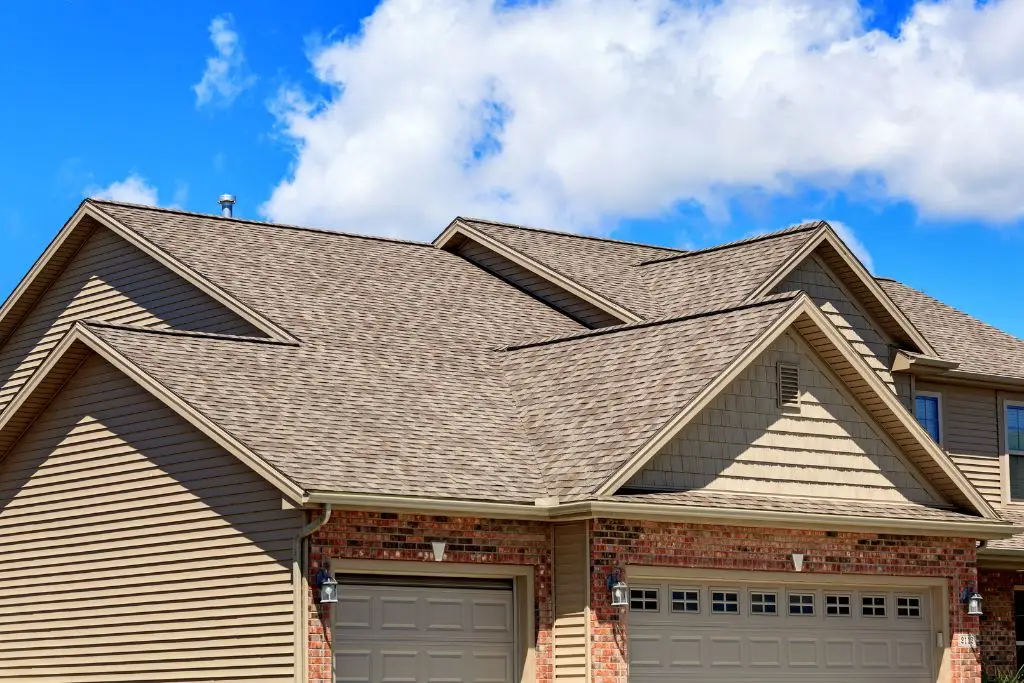Roofing 101: The Top Six Roof Types Every Homeowner Should Know

What is the best roof to put on your house?
When it comes to choosing a roof for your home, it can be overwhelming to consider all of the options available. However, it’s important to remember that there are only a few standard types of roofs, with variations created by combining these basic styles. The type of roof you choose will have a significant impact on the overall cost, materials used, and how much of the roof is visible from the street. In this article, we’ll take a look at the six main roof types and their pros and cons to help you make an informed decision.
- Gable: Gable roofs are the most common roof type and have a single peak with two sloped sides, creating an “A” shape when viewed from the side. These roofs are popular because they shed water and snow well and are easy to install. Gable roofs are also more affordable than other types and provide space for adequate attic ventilation. However, keep in mind that the large sloped roof faces may be visible from the street, so choose a roofing material that complements your home’s aesthetic.
- Hip: Hip roofs have slopes on four sides, resembling a pyramid shape when used on a square building. These roofs are structurally sound and can carry heavier loads, making them a popular choice in areas with heavy snow. However, they are more expensive to build and leave less room for attic ventilation.
- Gambrel: Gambrel roofs, also known as traditional barn roofs, have slopes on two sides with a lower-sloped section on top and a steeper section on the bottom. These roofs provide great protection and require fewer materials and columns for construction, making them more cost-effective. Keep in mind that a significant portion of a gambrel roof will be visible from the street, so choose a shingle and color that match your home’s design.
- Mansard: Mansard roofs are similar to gambrels but have slopes on all four sides. They often feature dormer windows on the lower sections, adding light and living space to the upper floors. These roofs provide excellent weather protection and are easy to construct additions to, but a large portion of the roof will be visible from the street, so choose your roofing style and colors carefully.
- Shed: Shed or lean-to roofs are gaining popularity in modern home design. These roofs have only one slope and no point or apex, making them a stark geometric shape. Depending on the orientation and steepness of the slope, this type of roof can be a cost-effective option, but it may not be suitable for all climates or home styles.
- Flat: Flat roofs are exactly what the name implies: a roof that is flat or nearly flat. They are more common in commercial and industrial buildings, but they are becoming more popular in residential construction. Flat roofs are less expensive to install than sloped roofs, but they require more maintenance and are not ideal in areas with heavy snowfall.
When choosing a roof for your home, consider the style of your home, the climate, and your budget. By understanding the pros and cons of each type of roof, you can make an informed decision that will protect your home and complement its overall aesthetic. Once you have an idea of what you’re looking for it’s time to get in touch with a local roofer, like The Shingle Master, who can help answer questions and get your project in motion. Contact us today to schedule your free 20-point Master Inspection and let us help you get your roof back in top shape.

